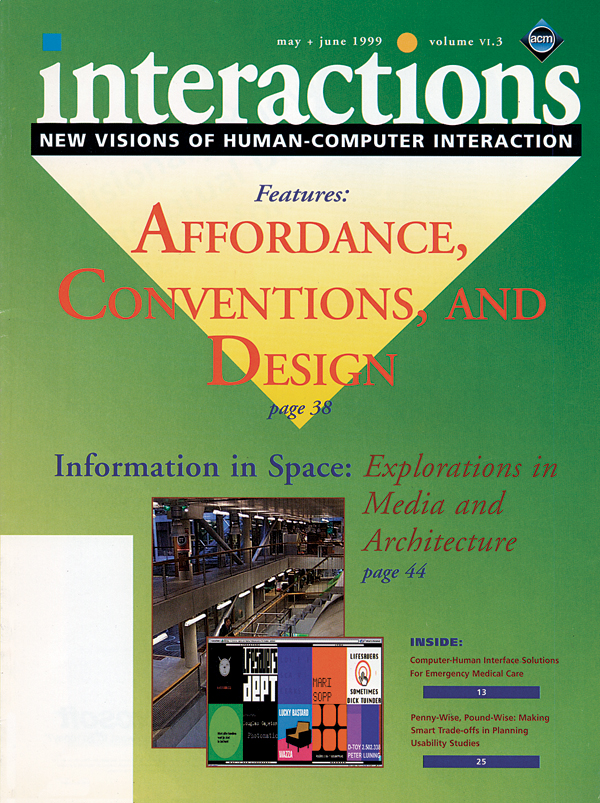Authors:
Thomas Holzman
During the Gulf War, a Navy hospital ship was told in advance that multiple patients with serious respiratory problems would be arriving. Consequently, the crew moved ventilators close to the ship's helicopter landing pad, saving approximately 10 minutes in hooking them up to the patients and making the difference between life and death for some of them. Alternatively, a hospital can delay surgery on someone who does not require immediate treatment if it knows that an patient en route has an immediate life-threatening problem (e.g., severe hemorrhaging or heart attack) that will require the remaining operating room. When patients…
You must be a member of SIGCHI, a subscriber to ACM's Digital Library, or an interactions subscriber to read the full text of this article.
GET ACCESS
Join ACM SIGCHIIn addition to all of the professional benefits of being a SIGCHI member, members get full access to interactions online content and receive the print version of the magazine bimonthly.
Subscribe to the ACM Digital Library
Get access to all interactions content online and the entire archive of ACM publications dating back to 1954. (Please check with your institution to see if it already has a subscription.)
Subscribe to interactions
Get full access to interactions online content and receive the print version of the magazine bimonthly.







Post Comment
No Comments Found